https://m.youtube.com/watch?v=-sUXMzkh-jI
Gave my word I would post this. My family came from Scotland in the 1740s, fought in the Revolution as Yank officers, and hung on to be Americans. This Campbell guy came earlier. Why he did so is told in compelling detail here. I know I should do more paragraphing but it’s late and that’ll have to do. Great story though.
Archibald Campbell and His Three Sons — Banished from Scotland

Archibald Campbell. A bad bad dude.
by Rory Foutz
Our earliest Campbell ancestor that we have record for is Archibald Campbell the father of our Robert Campbell who was caught up in the events of Argyll’s rebellion of 1685 and banished to New Jersey. Robert Campbell was captured, along with his father, brothers, and several hundred other rebels and hauled before the Privy Council of Scotland. Robert was condemned and banished from the realm, loaded on the ship Henry and Francis and transported to Perth Amboy New Jersey, where he was able to start a new life here in the Americas, eventually becoming a fairly affluent farmer in Newark, and the father of our ancestor, Samuel Campbell. Archibald Campbell, Robert’s father, referred to as Archibald Campbell “in Kildalvan,” was the father of three sons. Robert, John, and ??.
The earliest record we have for him is from 1685, immediately after the defeat of the rebel forces under Archibald Campbell, the 9th Earl of Argyll in what was known in Scotland as Argyll’s Rebellion, and in England as Monmouth’s Rebellion. Argyll’s and Monmouth’s rebellions are described in Wikipedia as: “an attempt to overthrow James II, who had become King of England, King of Scots and King of Ireland at the death of his elder brother Charles II on 6 February 1685. James II was unpopular because he was Roman Catholic and many people were opposed to a papist king. James Scott, 1st Duke of Monmouth, an illegitimate son of Charles II, claimed to be rightful heir to the throne and attempted to displace James II. The rebellion ended with the defeat of Monmouth’s forces at the Battle of Sedgemoor on 6 July 1685. In Scotland the 9th Earl of Argyll, Monmouth’s Scottish ally “landed at Campbeltown on 20 May and spent some days raising a small army of supporters, but was unable to hold them together while marching through the lowlands towards Glasgow. The Earl and his few remaining companions were captured at Inchinnan on 19 June and he was taken to Edinburgh to be executed on 30 June.”
Around June 10th while the 9th Earl was in southern Cowal organizing his forces, his recruiters were scouring the neighboring countryside looking for recruits to add to his army. On June 10th or 11th the recruiting force traveled north through Glenduarel, where Archibald Campbell and his sons lived. Archibald and all three sons were forced into the Earl’s army and joined the rebels on their march toward Glasgow. Later, when Archibald Campbell was hauled before the Privy Council, he confessed that “he was with the rebels but prest” or forced into Argyll’s army. The circumstances of their recruitment were detailed in John Campbell’s testimony before the Privy Council. He declared that “his father and his other two brother was taken by the rebels in the fields and caryed away . . . when they were hyding their goods.”
From their testimony, it would seem that Archibald and his three sons, on hearing that the Earl’s army was marching through the area decided that it might be a good idea to bury or hide their valuables before the Army got there to avoid the all too common occurrence of their house and valuables being looted by the passing army. This was a common practice of the time. Armies had to subsist on whatever they could find as they marched along. While in the act of actually hiding their stuff, the recruiters came upon them, forced them into the army, and according to John Campbell’s testimony, were “keept with a guard in the night tyme in case they. . . run away. At least twelve others were also recruited on the army’s march through Glendaruel.
Archibald, Robert, and John all testified that they were kept with the rebels until Argyll’s defeat about seven or eight days later. After the defeat, on their way back home, they along with over 160 others were captured by those loyal to the King and carried away to various prisons around Glasgow.
In July and August the rebels who had been captured, along with hundreds of other “covenanteers” that had also been imprisoned for their Presbyterian beliefs were examined and tried before a special court set up by the Privy Council of Scotland. This court which was composed of the Privy Council and other judges, as needed, all of which were opposed to the rebel’s cause. They took depositions or statements from each of the rebels and then passed judgment on each as they saw fit.
Most of the Lairds and other “heritors” (land owners) the Privy Council set at liberty, confiscating their lands and giving it to the crown. While technically free, these Lairds were reduced to near poverty as they were deprived of the annual rents that they received from their property. In addition much of their lands were ravished by the victorious armies of Montrose and Atholl who had led the Royalist armies. John Campbell, the Laird of Kildalvan of which Archibald Campbell and his sons were tenants reported losses of £1256 in cattle and livestock. Had Archibald Campbell or his sons been able to return to their homes they would have found their home completely devastated. As for the rest of the rebels, the Privy Council released the old, infirm, or very young. They also released some who took the oath of allegiance and were able to convince the Council that they were either harmless, or were of no further threat. The others, the ones who the Privy Council deemed threats, or who refused to take the oath of allegiance, they banished from the Kingdom. Many were sent to Jamacia, New Jersey, or elsewhere to the American colonies.
Archibald, John and Robert, all pleaded their cases, and claimed that they were loyal to the King. Archibald even turned “states evidence” in the naming of some of the rebel leaders and their actions. Both Archibald and John, and the other brother all appear to have also taken the oath of allegiance. Robert on the other hand refused the oath, apparently not willing to take an oath to something that would not support. Despite all of their protestations of innocence, Archibald and all three of his sons were banished. Of Archibald, and his two other sons, nothing more is heard. There were several Archibalds, and Johns, that were transported to either Jamaica or elsewhere, but it is unclear as to who exactly they were. Robert, however was one of more than 100 prisoners that were given to George Scot of Pitlochie to be transported to New Jersey aboard the ship “Henry and Francis.” On September 5th Robert Campbell, along with the others on board the “Henry and Francis” set sail for America, not even three months from that fateful day in June. Robert nor this father, or his brothers, ever saw their family or Scotland again. Sources: Bob Goodwin – Mar 19, 2011 The depositions of Archibald, Robert and John, as well as the record of the “examinations,” sentencing, banishments etc. all come from “The Register of the Privy Council of Scotland,” 3rd Series, vol 11 (1685-1686), Henry Patton Editor, 1929. I don’t know if it is available in any libraries here in the U.S. It contains the proceedings of the Privy Council. Archibald’s, Robert’s, and John’s depositions contain the details of their participation in Argyll’s rebellion. Robert’s examinations, refusal to take the Oath of Allegiance, and eventual banishment are detailed. There were so many John and Archibald Campbells, it is unclear as to which ones were our Archibald and John. “The Commons of Argyll, Name Lists of 1685 and 1692” by Duncan MacTavish, 1933 Contains a list of rebels in Argyll’s Rebellion and explicitly states that “Archibald Campbell and three sons all banished furth of the Kingdome.” The short description of Argyll’s Rebellion is from the Wikipedia article “Monmouth’s Rebellion.” The book: “A Scots Earl in Covenanting Times,” which is a biography of the Earl of Argyll contains a good history of the Earl and his participation in the Rebellion, as well as the actions of his forces.



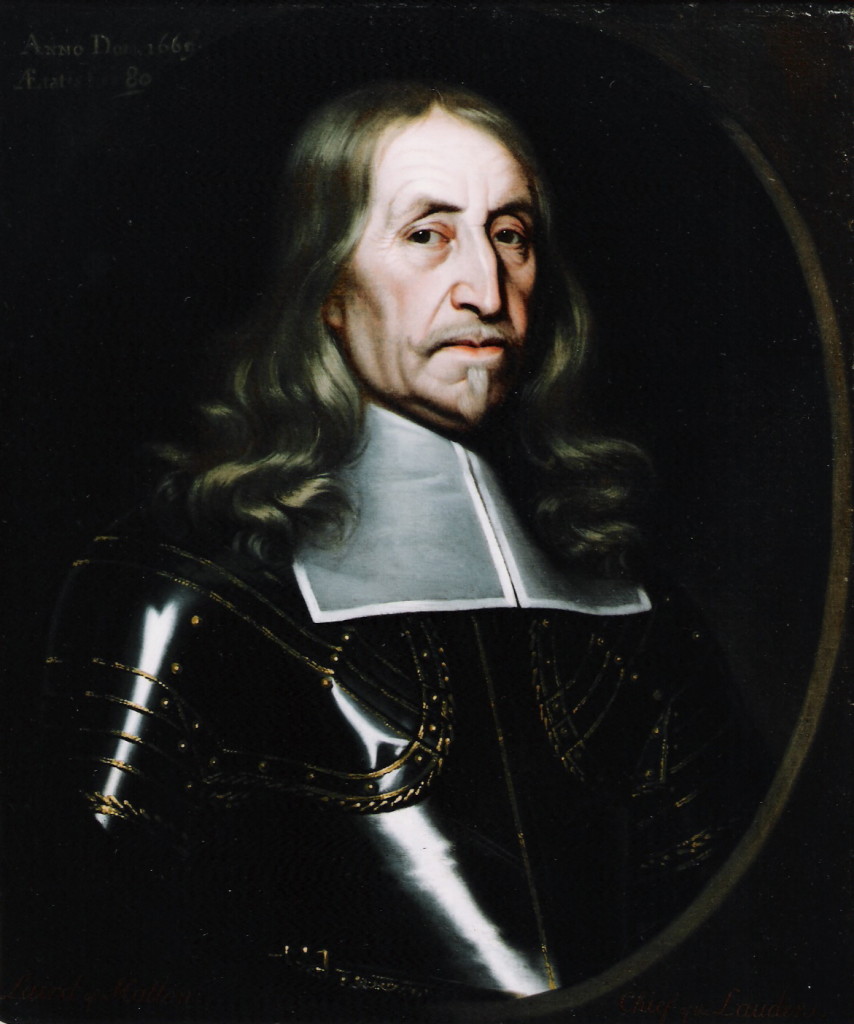



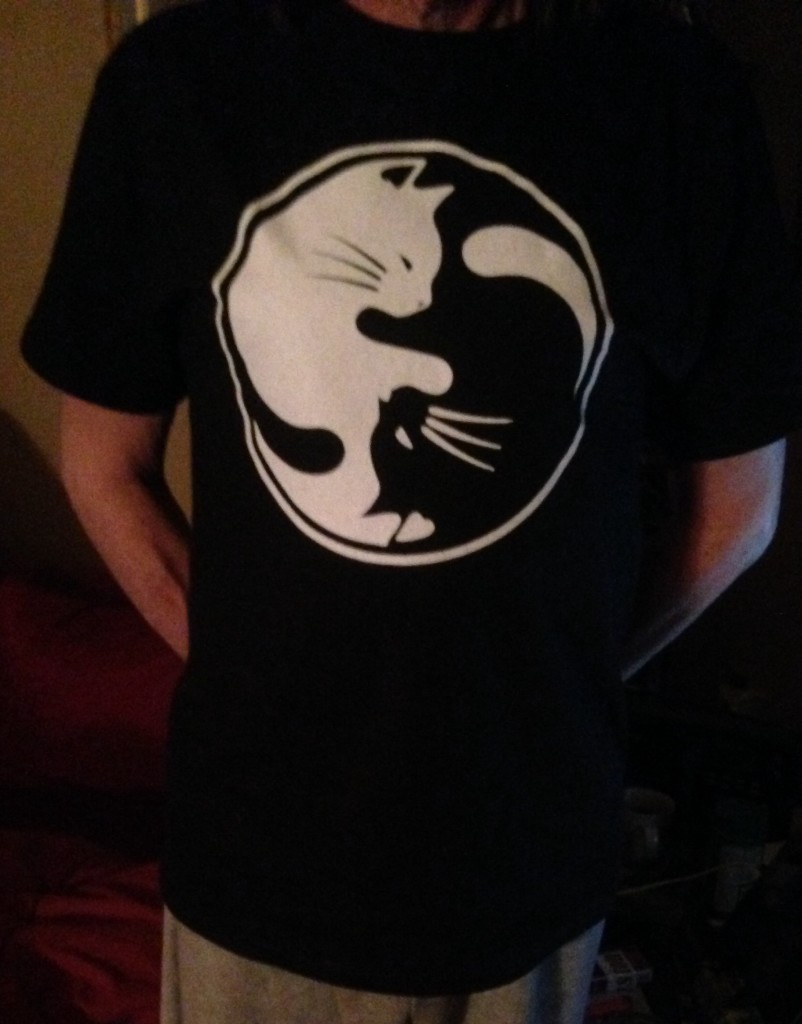








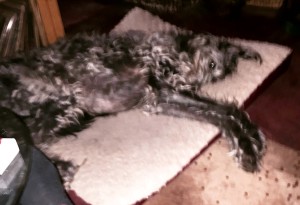



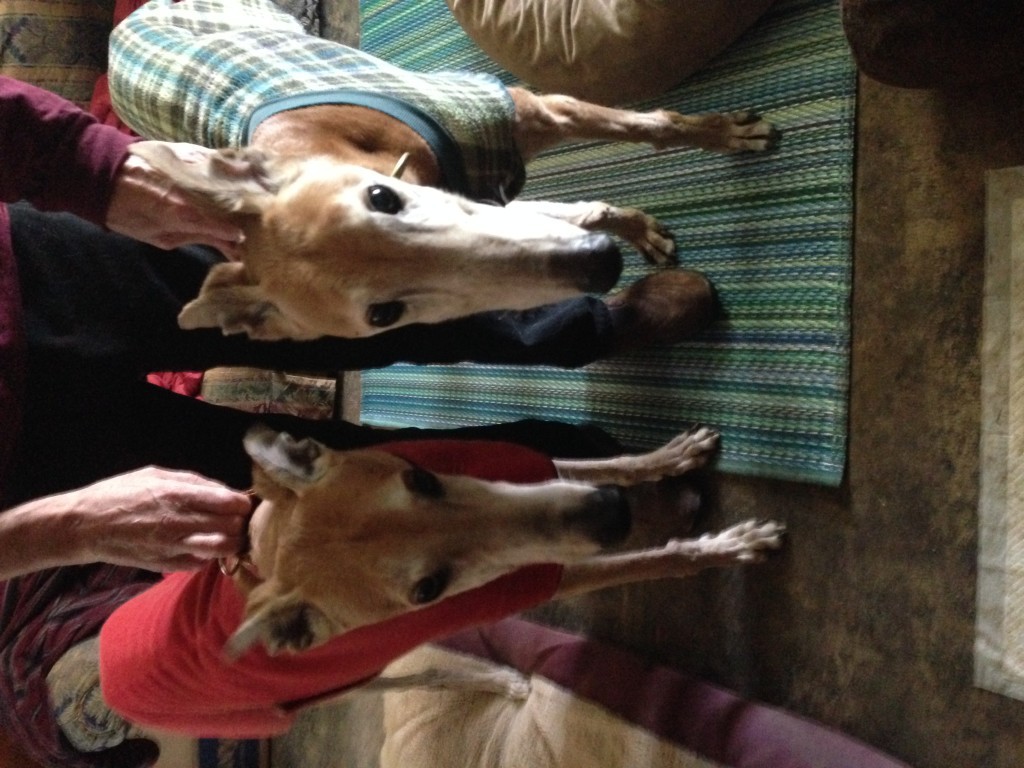












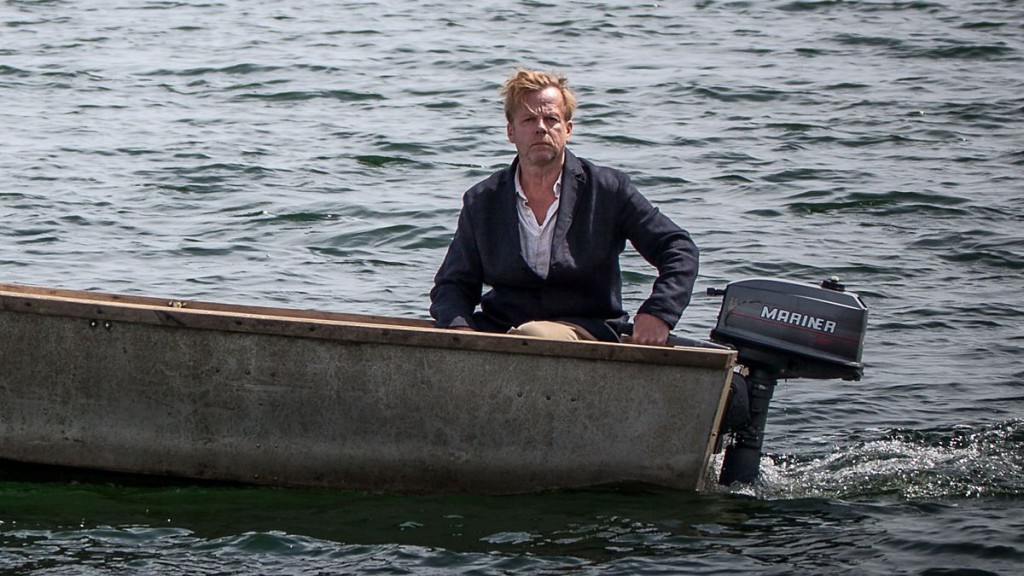










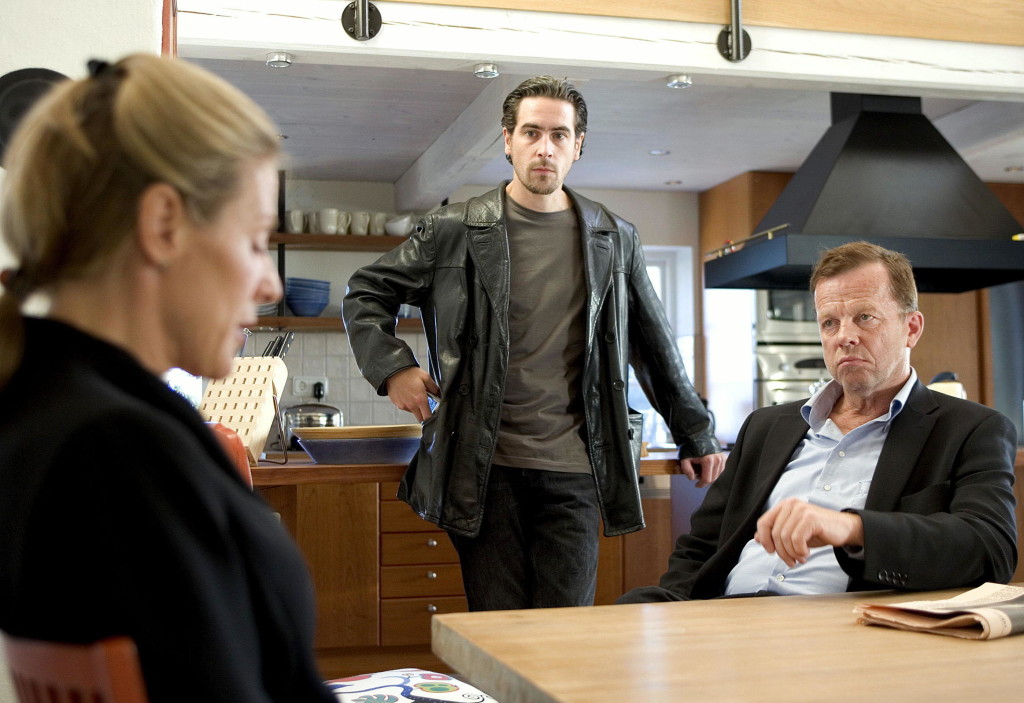








Recent Comments